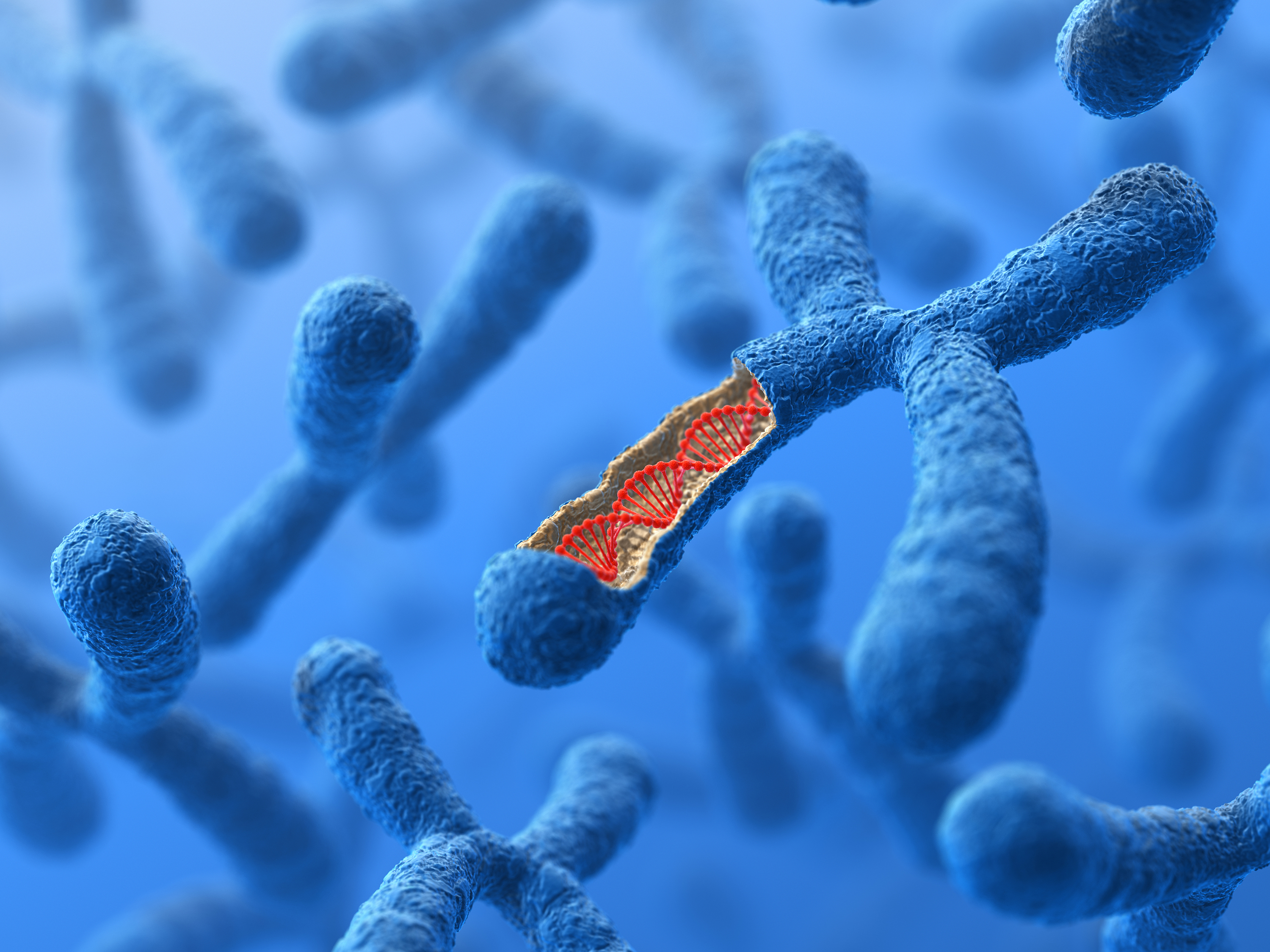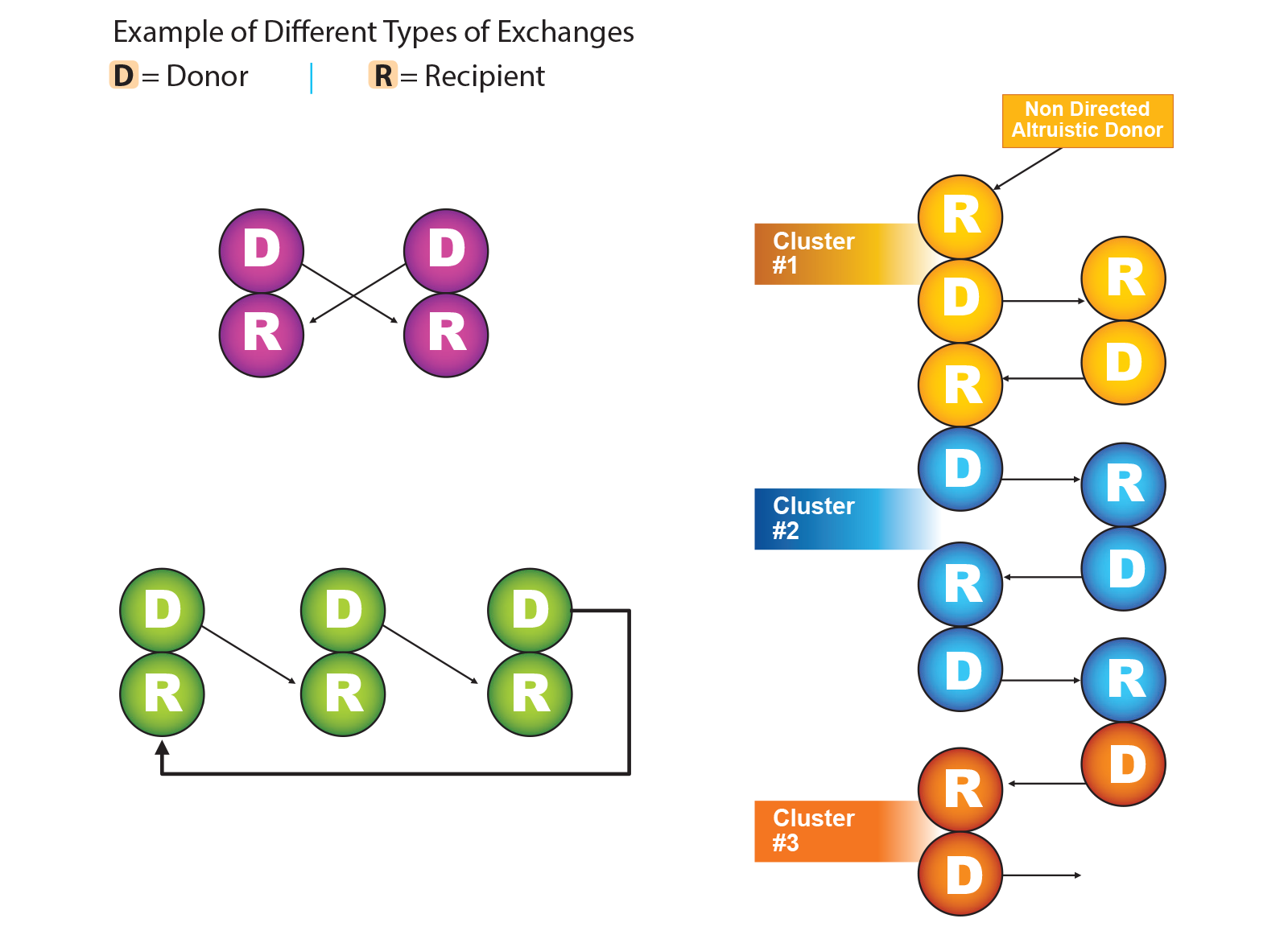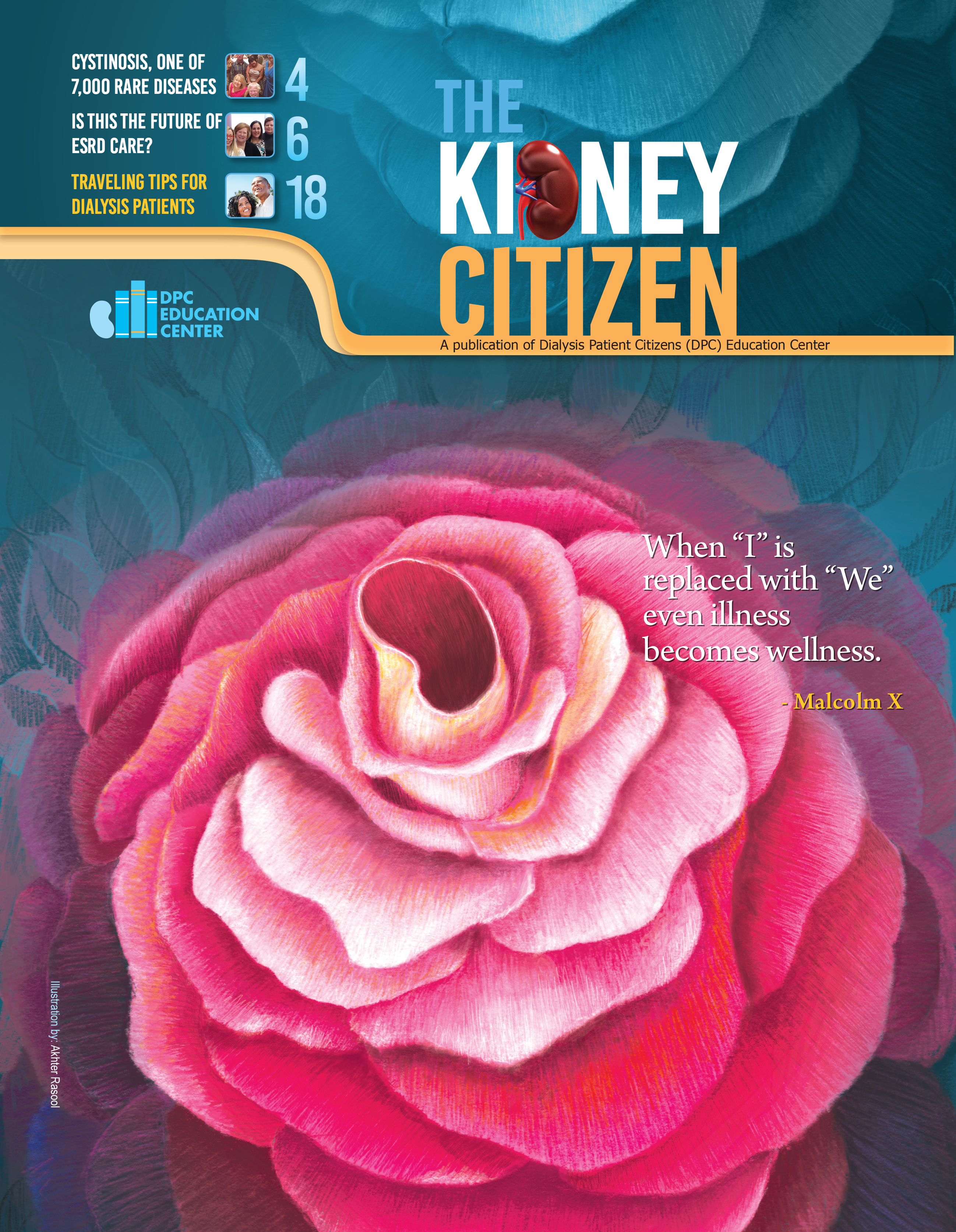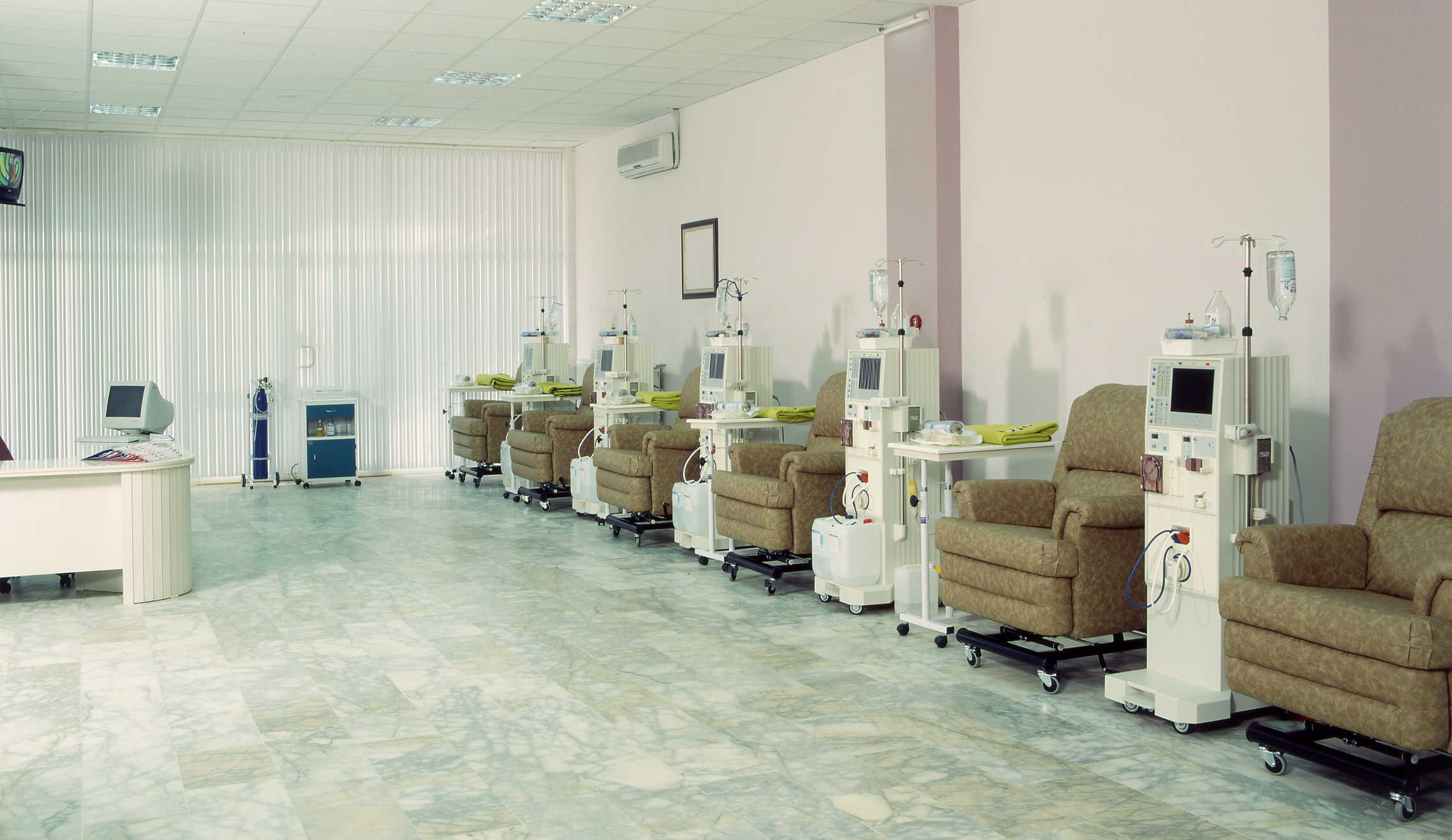Cystinosis, One of 7,000 Rare Diseases
By Terri Schleuder, VP of Education & Awareness, Cystinosis Research Network Statistically, there are over 7,000 rare diseases in the United States that collectively impact 30,000,000 people. This is the story about one of them, and an important one for kidney disease patients as nearly all cystinosis patients lose their kidney function. Also, recent data suggests a high incidence of underdiagnosis and carriers among dialysis patients. Nephropathic Cystinosis is a rare metabolic, genetic disease that affects about 500 people in the U.S. and about 2,000 worldwide. Cystinosis occurs in a child when he/she inherits the recessive gene, identified in the late 1990’s [...]






